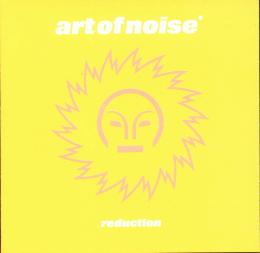
| Artist: | Art of Noise |
| Title: | Reduction |
| Released: | 2000 |
| Label: | ZTT Records |
| Time: | 30:36 |
| Producer(s): | See Artists ... |
| Appears with: | |
| Category: | Electronic |
| Rating: | *****..... (5/10) |
| Media type: | CD |
| Purchase date: | 2001.02.27 |
| Price in €: | 9,01 |
| Web address: | www.ztt.com/artistpages/AON_expand.html |